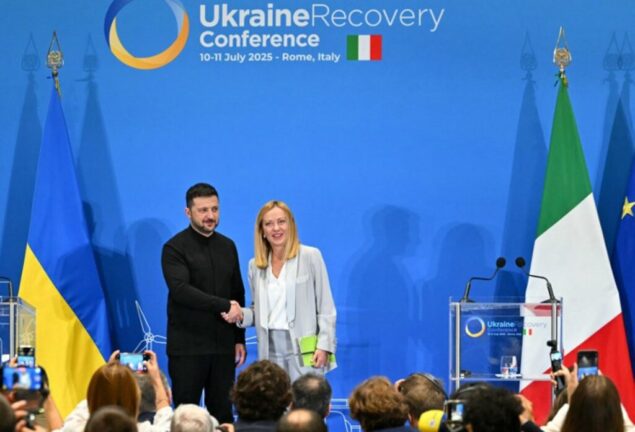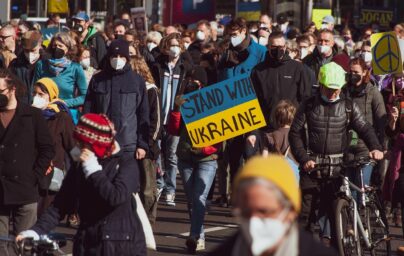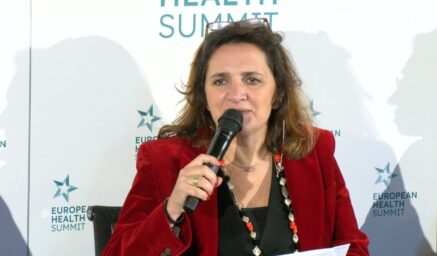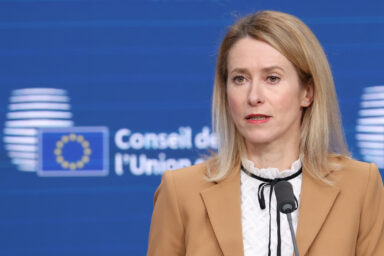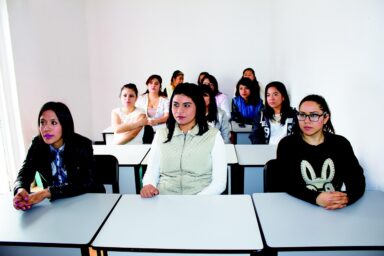The EU continues to commit billions in aid to Ukraine, but questions persist over how much will ultimately reach Kyiv—and under what conditions.
Over three years since Russia’s full-scale invasion, Ukrainian forces have pushed back multiple offensives, repeatedly defying difficult odds in defence of their homeland. Speaking at the Ukraine Recovery Conference in Rome on Thursday, European Commission President Ursula von der Leyen expressed admiration and had high praise for Ukraine’s efforts. “Ukraine’s military has done what many said was impossible,” she said, noting that the country’s soldiers had successfully disabled and damaged Russia’s Black Sea fleet and strategic aircraft. Solidarity is the common thread: European officials have pledged to support Ukraine “for as long as it takes.” And the EC president assured Ukrainians that the EU understood its role and would continue to provide key support.
“Since the full-scale invasion, Europe has been and is Ukraine’s largest donor – with almost €165bn of support. This year alone we will cover 84 per cent of external financing needs.”
Absolute commitment
The EU’s top official also unveiled a new European Flagship Fund, which she described as “the largest equity fund globally dedicated to reconstruction.” Backed by France, Germany, Poland and others, the fund will direct investment into sectors like energy, transport, and critical raw materials.
Ukrainian President Volodymyr Zelenskyy echoed a sense of urgency at the meeting. “We need finances,” he said. The funds, he stated, are needed not only for future reconstruction but also for immediate challenges. Such as rebuilding damaged infrastructure, strengthening air defences, and responding to frequent missile and drone attacks. The media have reported for weeks on intensifying strikes, with Mr Zelenskyy himself confirming 700 strikes in one night alone. The attacks have damaged roads, energy networks, and injured or killed civilians in residential areas.
You might be interested
Ukraine’s military has done what many said was impossible – EC President Ursula von der Leyen
Continued support is essential and EU officials and defence analysts agree Ukraine’s resilience is central to European security. Its collapse would only heighten risks for countries on the bloc’s eastern border including Poland, Finland, and the Baltic states. The EU itself is more than aware, prompting the creation of a new preparedness and stockpiling strategy.
Meanwhile, Germany has focused its pledges on strengthening Ukraine’s air defences, confirming its commitment by adding two more Patriot missile systems to the country’s arsenal. This move aims to counter the increasing threat from drone and missile attacks.
New headquarters
The blurring of lines between wartime aid and long-term recovery is one of the conference’s core challenges. The question? How Ukraine can begin rebuilding even as active hostilities continue. While the distinction between military necessity and postwar planning narrows, the need to help Ukraine remains urgent. European leaders have framed aid as not just a moral obligation but a strategic investment in Ukraine’s transformation. The drive is for Ukraine to be able to continue as a free nation and determine its own democratic future, despite the ongoing war.
To further Ukraine’s options in the future, it was announced on Thursday that a new headquarters for reassurance forces will be established, rotating between Paris and London and including a Kyiv-based component — to oversee and coordinate efforts and forces more effectively on the ground when peace is established. The headquarters, which will rotate to London after the first 12 months, GOV.UK reported, will “allow partners to contribute forces flexibly and deploy military teams for different operational strands of work.”
In Rome, Ms von der Leyen framed the entire effort in geopolitical terms regarding the outcome, a time when a ceasefire or a peace deal comes within reach. “For millions of Ukrainians, the future has two flags. The flags of Ukraine and of Europe.”
